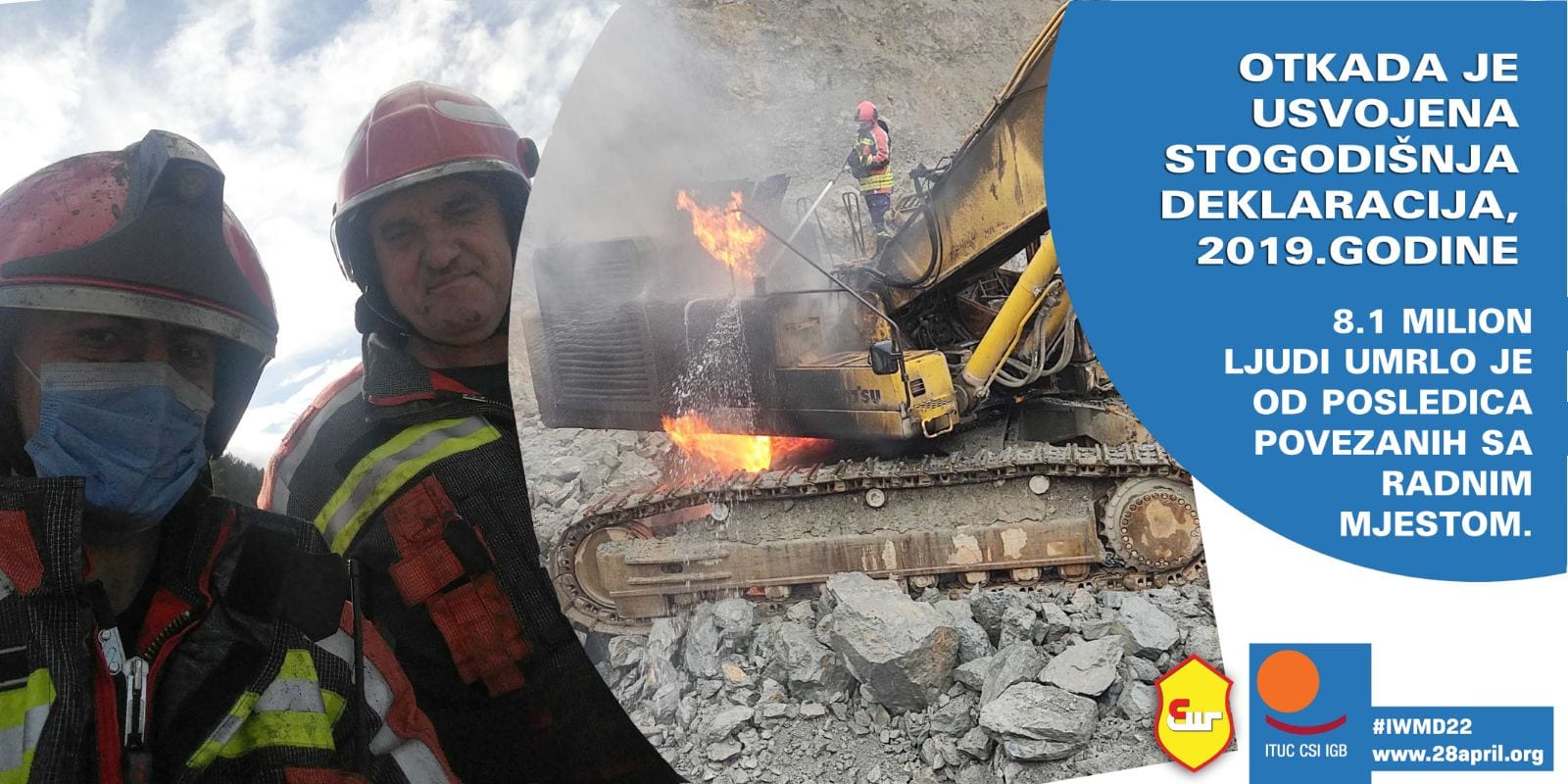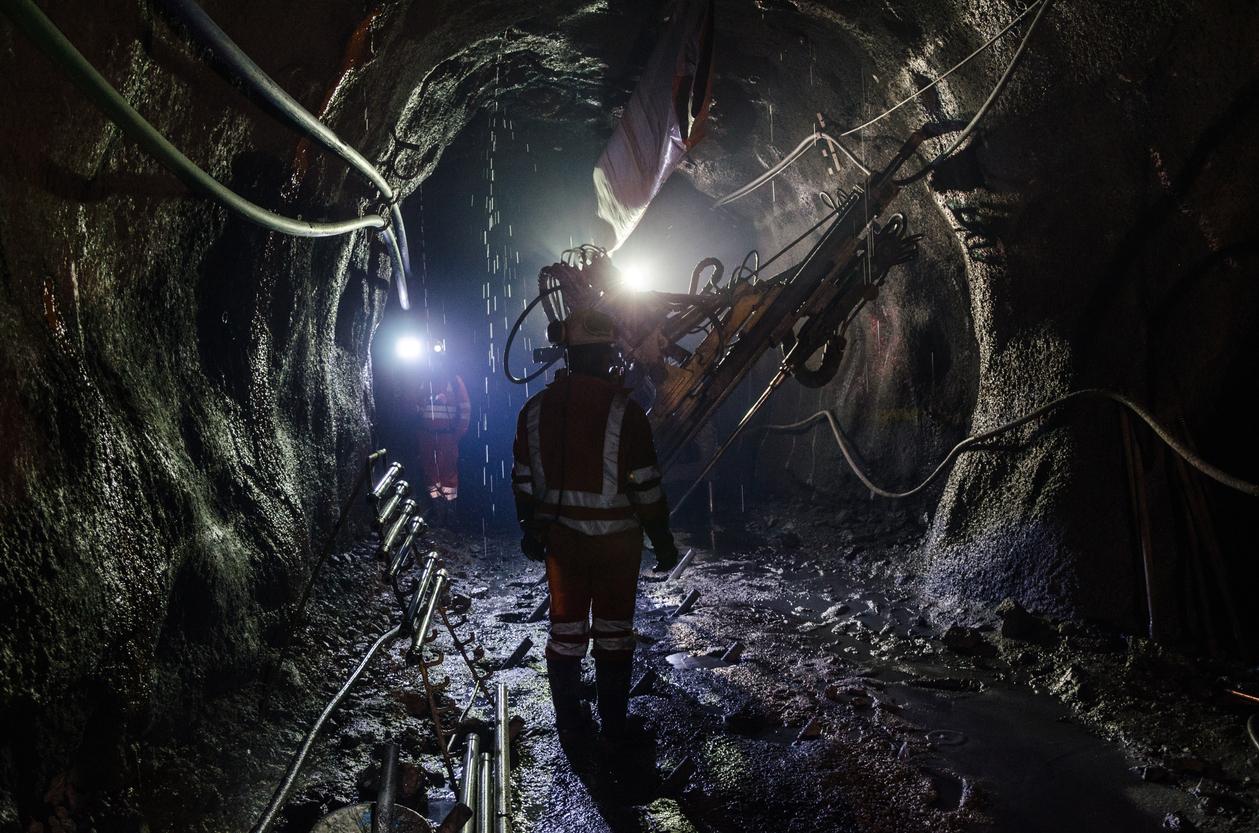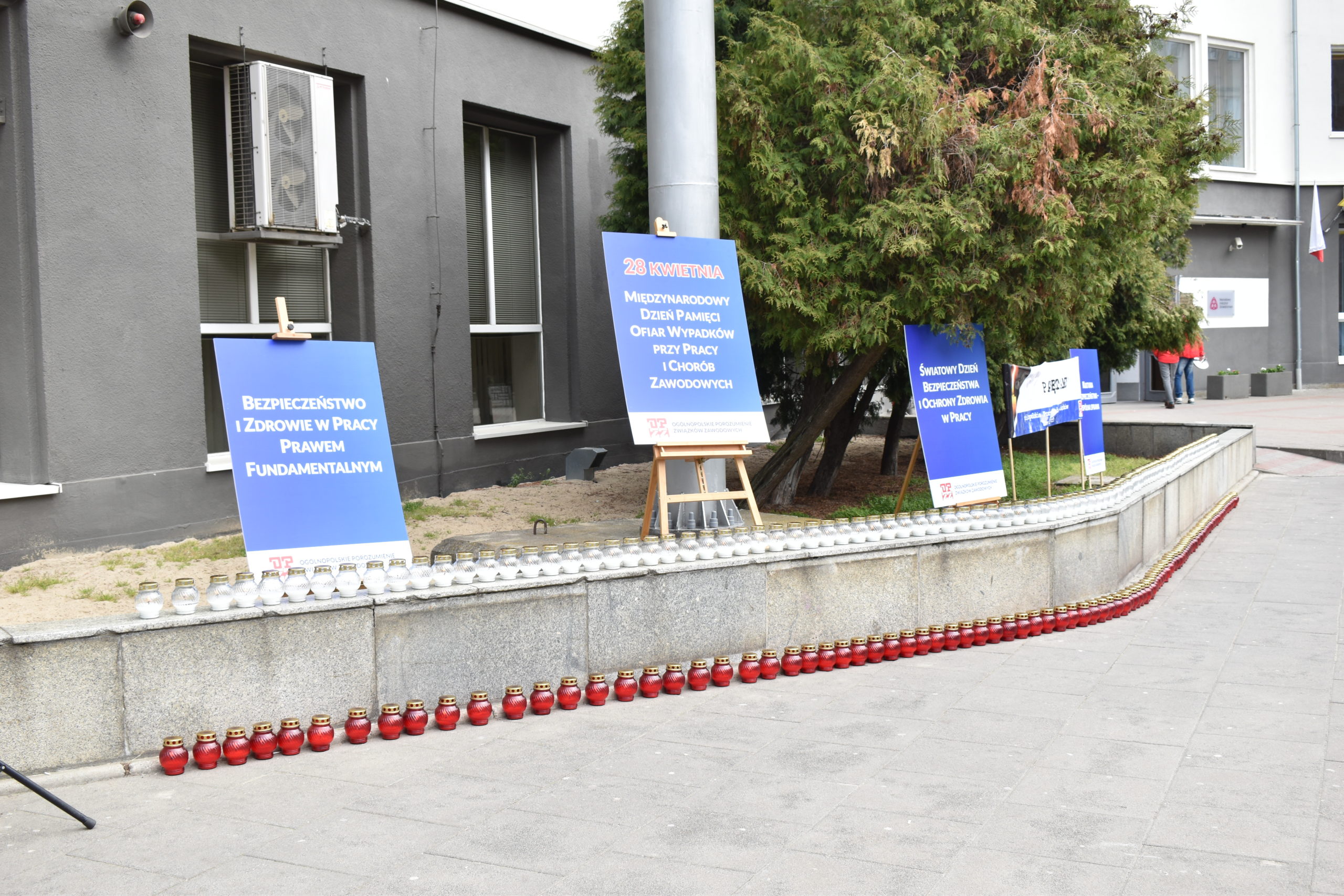
Dear Colleagues,
We would like to share with you the OPZZ’s activities to memorialise Workers’ Memorial Day.
Today two hundred eighteen candles were lit under the OPZZ headquarters building in Warsaw. It is a tribute to the 218 victims of accidents at work in 2021.
In front of the OPZZ building, 218 candles were lit to symbolise the victims of last year’s accidents at work, emphasise the importance of worker participation and stress the role of social dialogue in creating a safety culture at work.
A press conference on safety and health at work was also held.
Andrzej Radzikowski, President of the OPZZ, said: These burning candles symbolise those who died at work. In 2021, it was 218 people. Today, we particularly remember the miners who died in recent days in the Pniówek and Zofiówka coal mines. He said: we honour their memory and express our sincere condolences to their families.
Practice and statistics show that in workplaces where trade unions and the social labour inspectorate actively operate – safety at work has higher standards, and employees are better protected. The time has come for a systemic debate on working conditions in Poland, especially given new threats and challenges resulting from technological progress – continued Andrzej Radzikowski. – Digitalisation of work processes and technological changes have increased the risk of psychosocial problems at work.
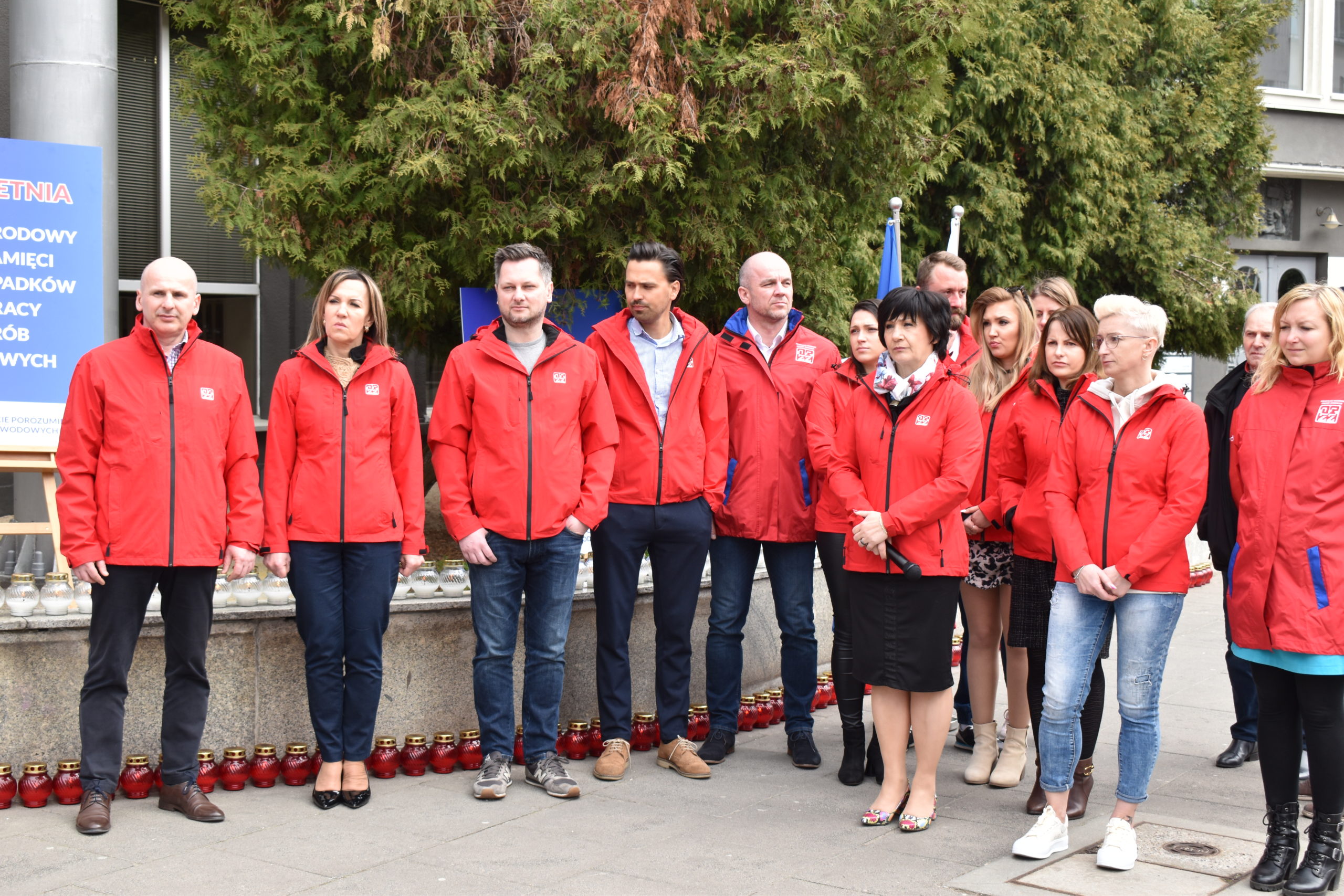
Previously unseen phenomena have appeared, such as blurring traditional boundaries between work and private life, limiting the employee’s right to disconnect from the phone and the Internet, or the lack of social interaction. Workplace stress is an ongoing challenge. The number of cases of mental disorders is increasing.
Andrzej Radzikowski drew attention to the fact that the number of victims of accidents at work in Poland is increasing. In 2021, almost 70,000 workers suffered accidents at work – 10% more than the year before, and 218 people died at work.
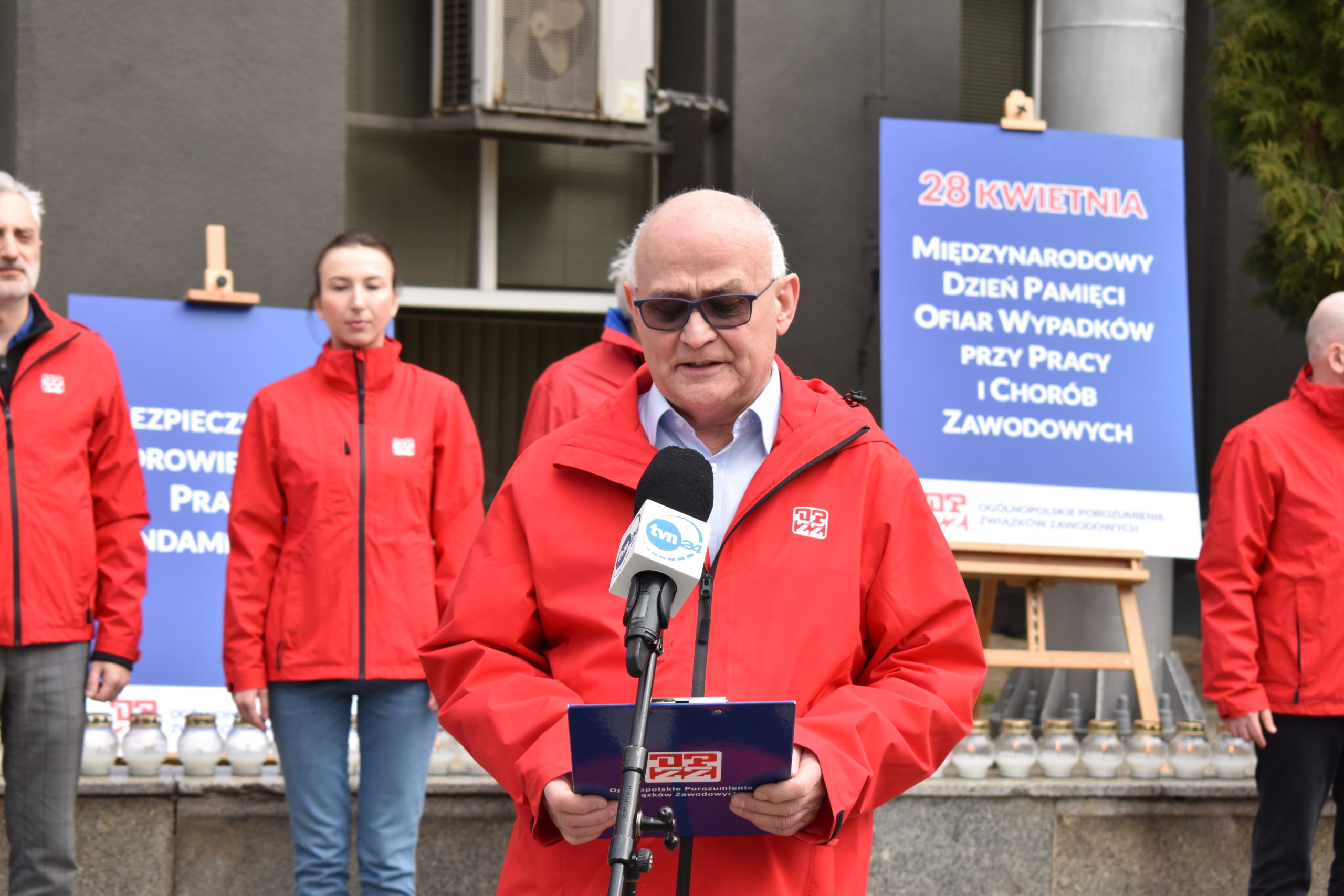
As a society, we still bear the enormous social costs of accidents resulting from more than 2.5 million days of incapacity to work and the high medical and social costs of post-accident disability.
We trade unionists are hurt by pathologies in the labour market, which have a terrible impact on work safety. Without their elimination, there will be no improvement in safety – stressed Andrzej Radzikowski.
Best regards,
Magdalena Chojnowska
International department of the All-Poland Alliance of Trade Unions (OPZZ) https://www.opzz.org.pl/en/about-us/opzz/



